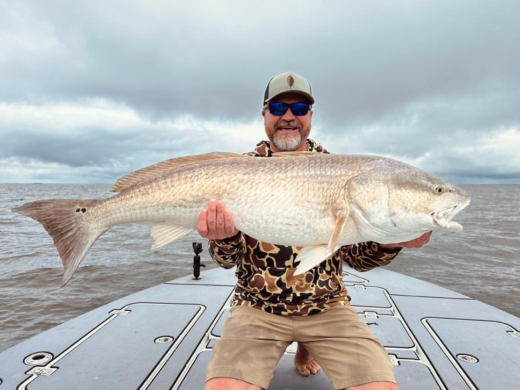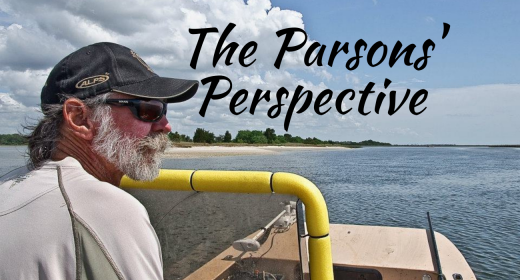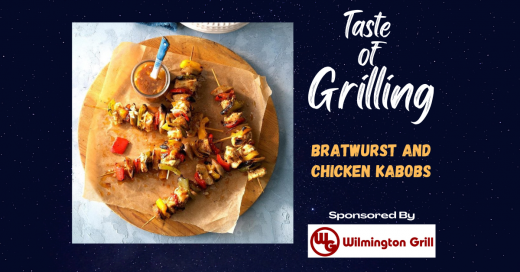Surefire Offshore Trolling Tips
Recently we sat down with Russell Weaver of Blue Water Candy Lures. Russell is our “go to guy” when it comes to trolling the Coastal Carolina waters. We wanted to get his thoughts on the basics of trolling. While his comments are extremely helpful and there were a number of specific ways we need to consider, the biggest thing is that trolling requires constant experimentation and changes. It also requires understand how the bait swim and how the target fish reacts. In short, it requires you to think and adapt.
Russell Weaver’s Comments:
When trolling either offshore or nearshore there are a few factors that are imperative to success. First is speed. With 5-7 knots considered as the best range. The characteristic of the baits you’re using will also be a factor.
It’s key to to maintain your boat’s RPM’s that make your bait looks their best. If you have a question about your speed monitor other boats in the area. Without getting too close, try to adjust your speed to match theirs. It’s important to maintain the same rpm’s moving both up-current and down-current. This keeps the baits running the same speed as the boat. The appearance of the bait is also a key factor. Your presentation will make the difference in a good day and a bad one. It needs to look active and natural rather than a lump of dead bait being dragged through the water. Lures should be arranged in a spread depending on how they run best. This will take a certain amount of trial and error. It’s always important to watch the baits while trolling. If a bait starts to track the wrong way, pull them in and make the needed adjustments and return the rigs to the water.

Other trolling tips include, making sure that the largest baits nearest to the back of the boat and the smaller bait set further back. This allows your boat to appear to be a bait pod being followed by the larger predator fish to your target species. The lines coming from either side of the boat should be equal. The same is true for the lowest lines (flat lines) should be closest to the boat with the outrigger and other higher lines taking the longest position.
Trolling is one of the most productive aspects of offshore and nearshore fishing. It’s important to understand that it has a large learning curve. This is why the most successful trolling anglers are also the most experienced. Great trolling success takes practice and lots of experimentation. It also takes talking to other fisherman about their tactics and strategies and then trying what you learned. There are countless variations of spreads, baits, speeds, colors and much more. Find what works for you and your boat, your target species and most of all, your style of fishing. Don’t be afraid to try new things.
You may be interested
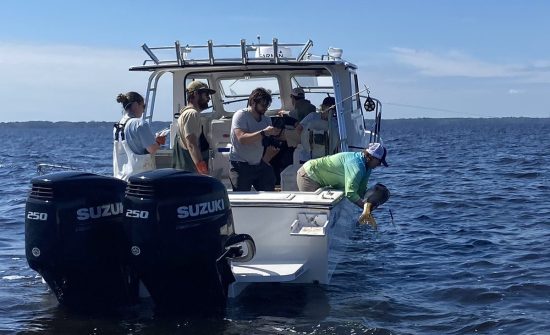
Satellite Tracking Study Aims To Unlock More Red Drum Secrets
Tim Wilson - April 8, 2025A pilot study tracking a popular saltwater fish was not expected to yield as much information as it did in its first year. When the North Carolina…
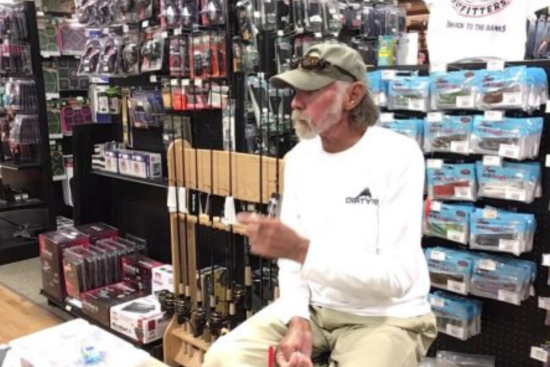
9 Things Fishing Guides Won’t Tell You
Tim Wilson - April 8, 2025We’re all amazed at how fishing guides nearly always know what to do and where to go to put fish in the boat. Most guides are fishing…
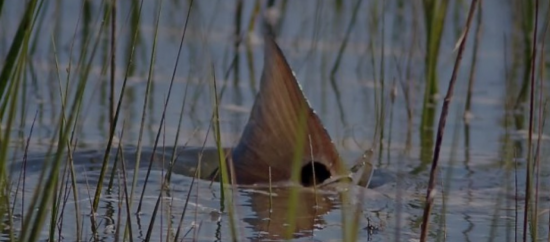
How the Moon Phase Impacts Inshore Fishing
Tim Wilson - April 3, 2025The late spring and early summer months are a time of the year when the inshore goes thru a transition period. It's when the fish come out…
Most from this category
